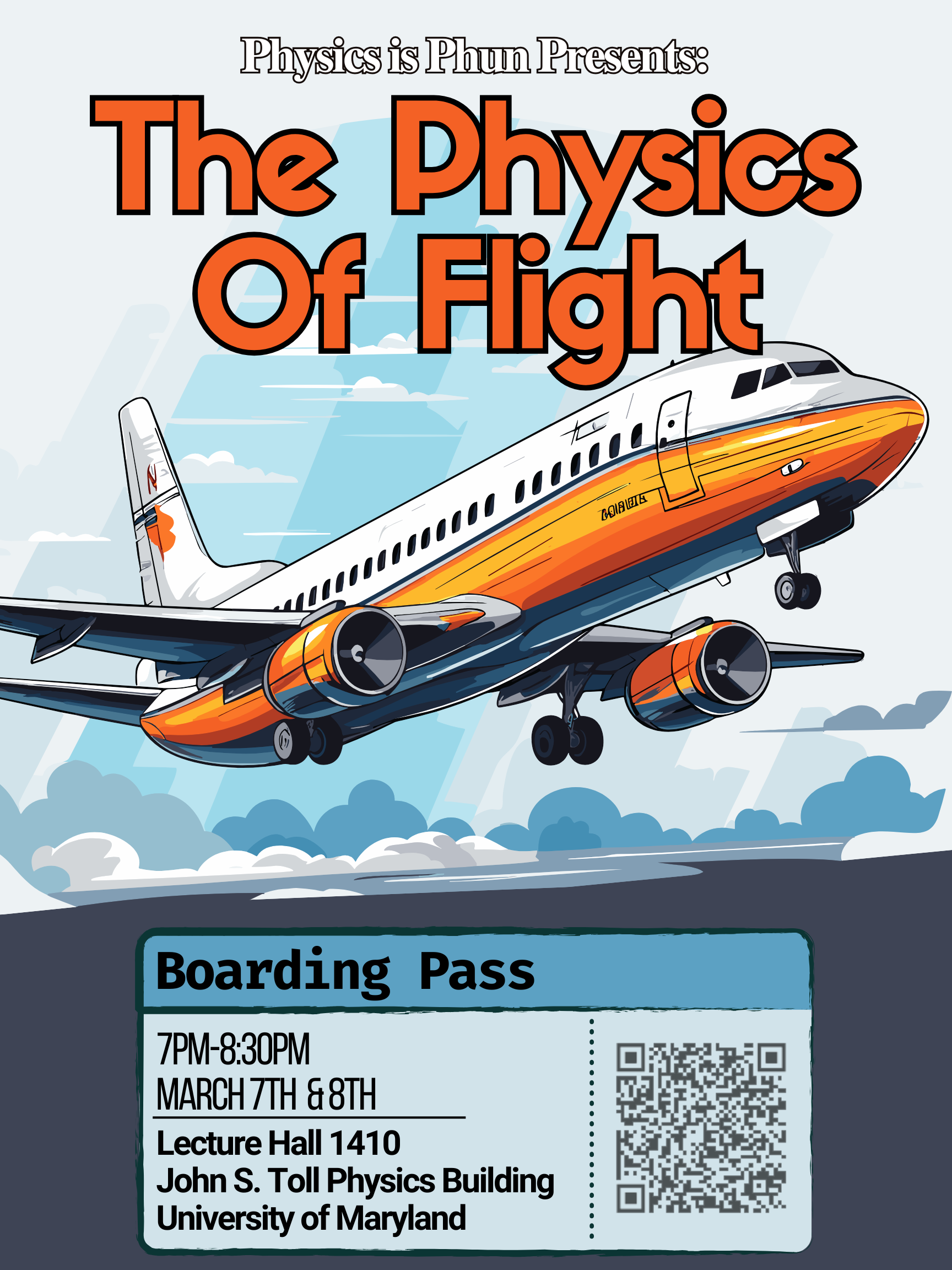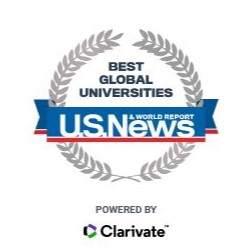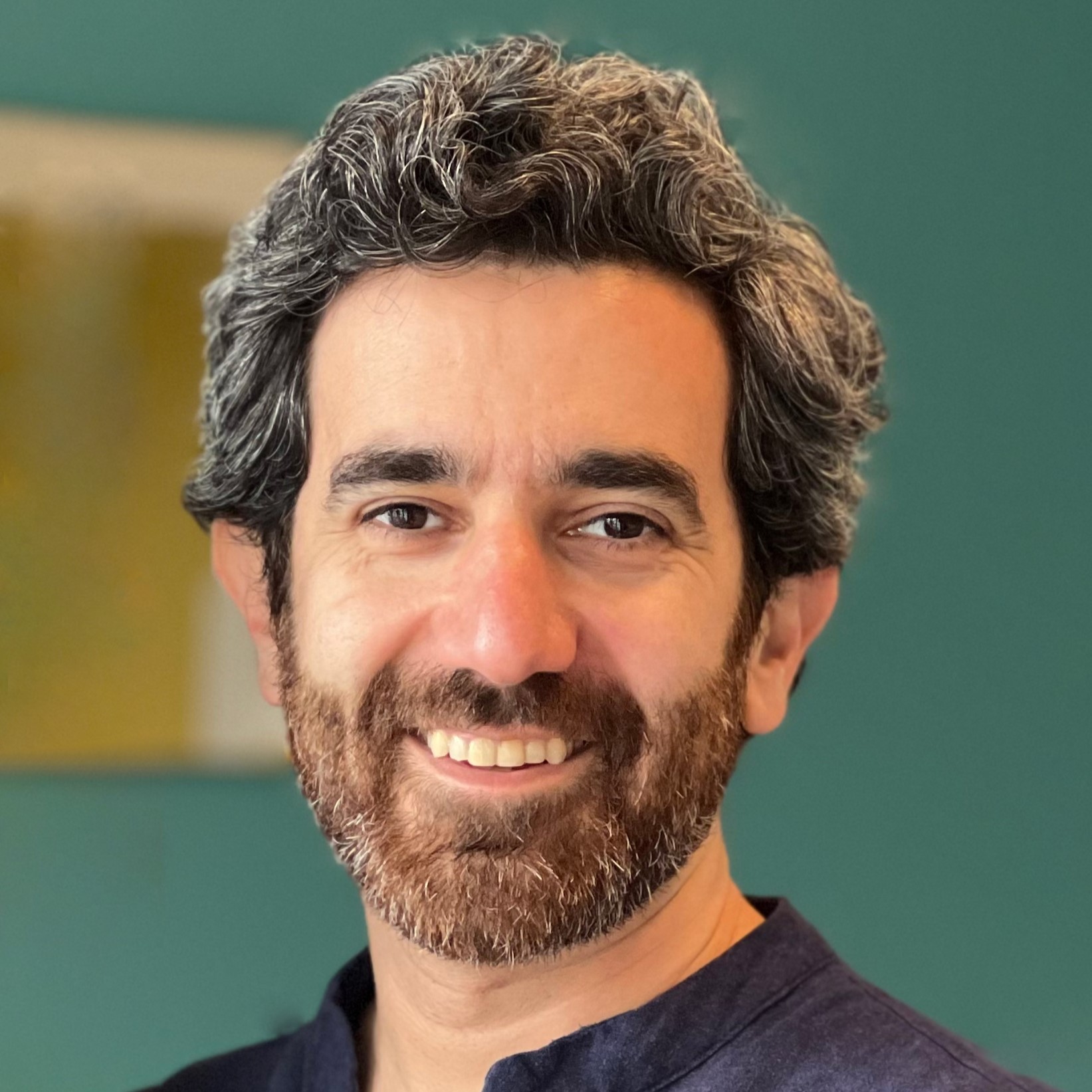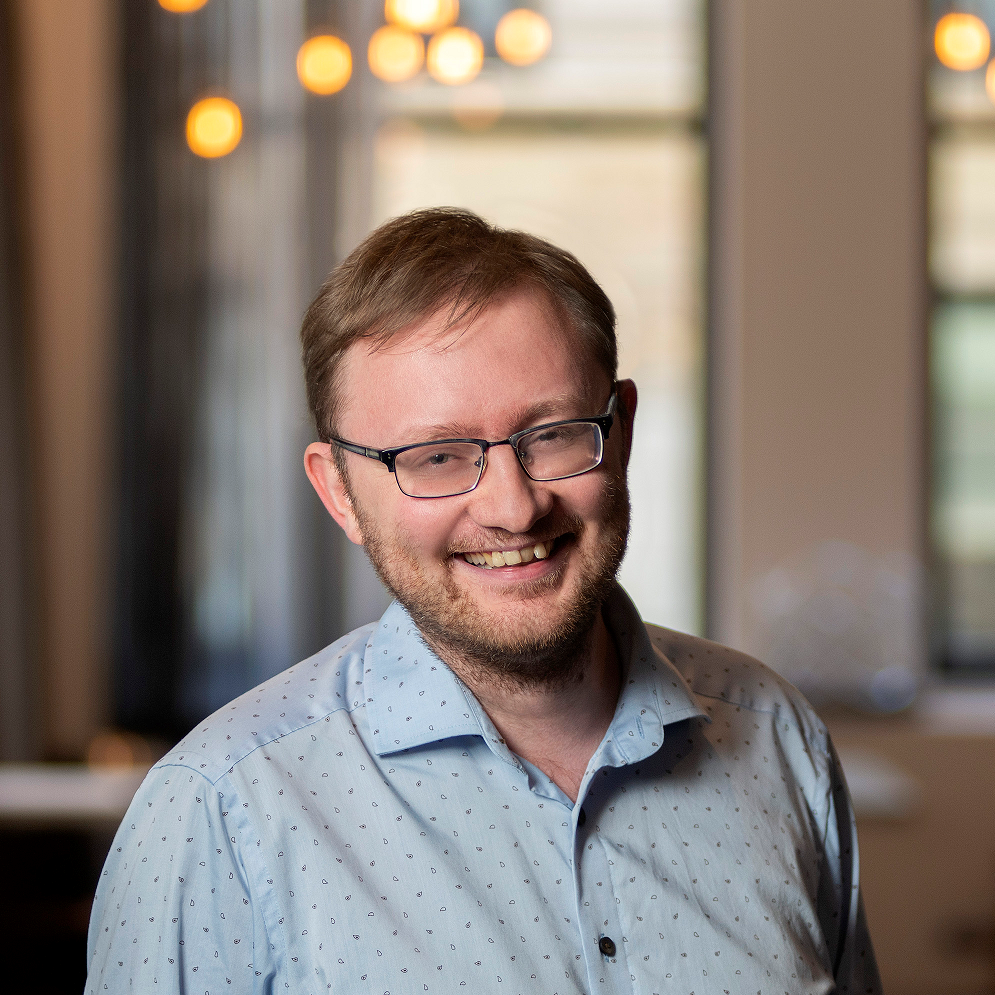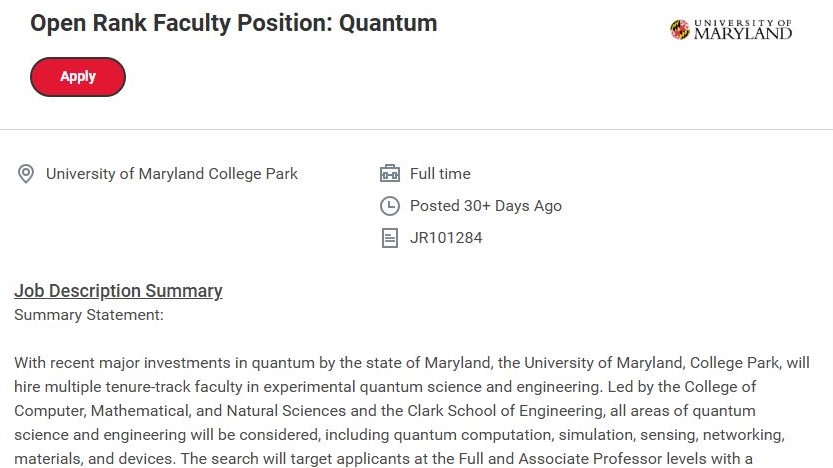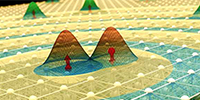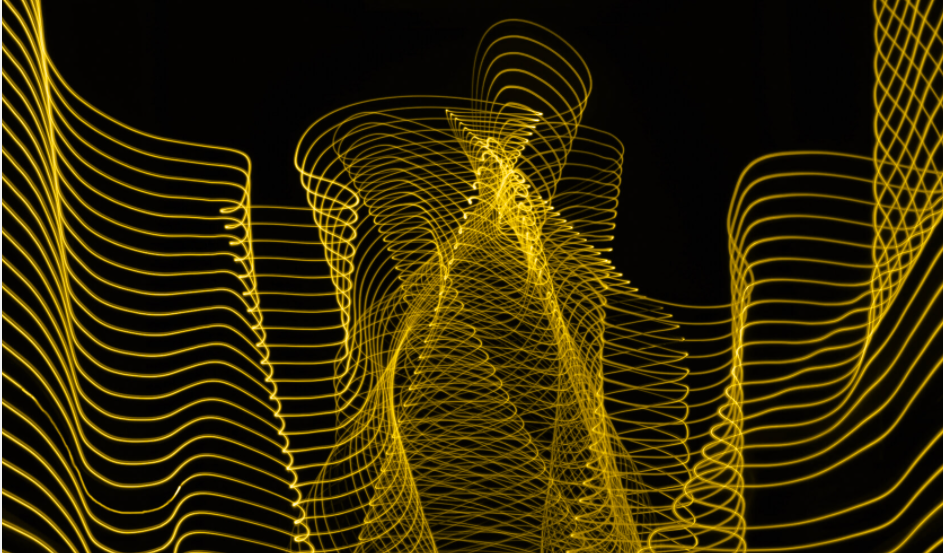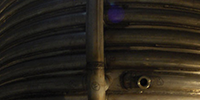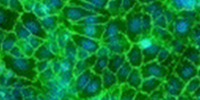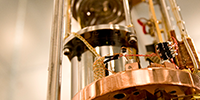How Many Physicists Does it take to Discover a New Particle? Higgs Boson and Big Science
- Details
-
Created: Wednesday, November 12 2014 15:32
-
Last Updated: Wednesday, November 12 2014 15:32
-
Written by Carole Kiger
-
Hits: 3384
Sarah Eno, University of Maryland
November 25, 2014
On July 4, 2012, the CMS and ATLAS collaborations announced the discovery a new particle whose properties were consistent with those predicted for the long-sought Higgs boson. This discovery is both a triumph of the Standard Model of forces and particles developed during the middle of the last century, and of "Big Science", or science done in large, international collaborations using massive, elaborate, expensive detectors. In this talk, I'll give an overview of the significance of the Higgs particle to physics, but I'll also do my best to explain why (using the example of the CMS collaboration), the paper announcing this discovery had 2892 authors from 168 institutions.
I'll describe what it is like to work in such a large collaboration, the individual contributions to the Higgs result from the many authors, and the benefits to graduate and undergraduate students working in this environment.
-------------------------------------------------------------------------------------------------------------------------------------------------------------------------------------------------
Colloquia are held Tuesdays in the Physical Sciences Complex at 4:00 pm (preceded by light refreshments at 3:30). On occasion, they are held in 1412 of the John S. Toll Physics Building; please note the schedule. If you have additional questions, please call 301-405-5946.
Quenched Disorder and Vestigial Nematicity
- Details
-
Created: Monday, November 10 2014 10:13
-
Last Updated: Monday, November 10 2014 10:13
-
Written by Carole Kiger
-
Hits: 3069
Steve Kivelson, Stanford University
November 4, 2014
Intermediate phases with “vestigial order” occur when the spontaneously broken symmetries of a “fully ordered” groundstate are restored sequentially as a function of increasingly strong thermal or quantum fluctuations, or of increasing magnitude of quenched randomness. As an important example, incommensurate charge-density-wave short-range order (i.e. with a finite correlation length) and a sharp phase transition to a phase with long-range nematic order is shown to be natural in the presence of weak quenched disorder in systems which, in the absence of disorder, would have unidirectional (stripe) ordered ground states. Recent experiments probing charge order in the pseudo-gap regime of the hole-doped cuprate high-temperature superconductors and nematic order in the Fe based superconductors are interpreted in light of these results.
-------------------------------------------------------------------------------------------------------------------------------------------------------------------------------------------------
Colloquia are held Tuesdays in the Physical Sciences Complex at 4:00 pm (preceded by light refreshments at 3:30). On occasion, they are held in 1412 of the John S. Toll Physics Building; please note the schedule. If you have additional questions, please call 301-405-5946.








